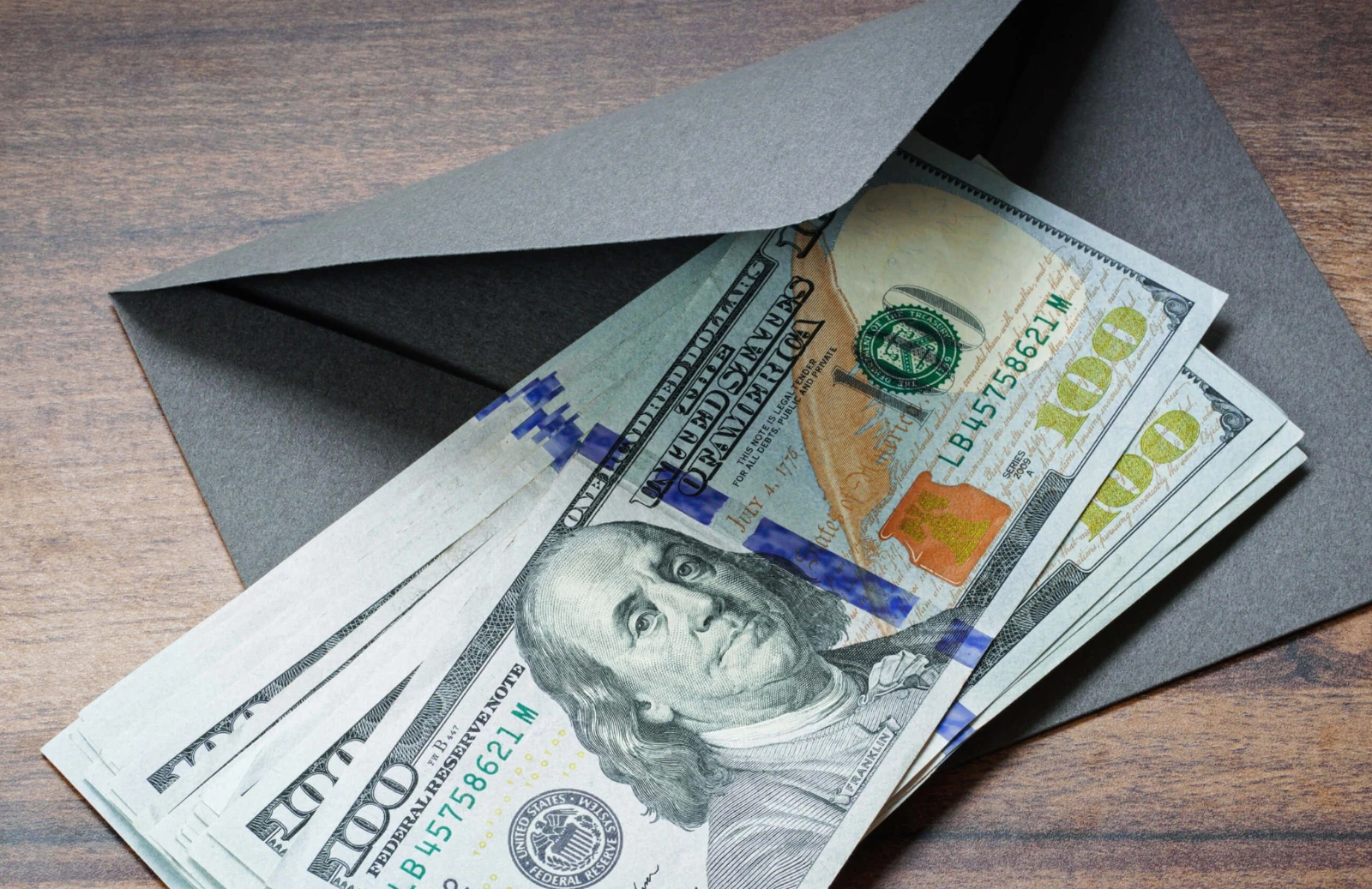In today’s economy, saving money is more important than ever. Whether you’re looking to build up your savings, pay off debt, or simply have a bit more disposable income, finding ways to reduce your monthly expenses is crucial. Among the many strategies out there, one trick stands out for its simplicity and effectiveness: energy efficiency. By making a few strategic changes to how you use energy at home, you can save hundreds of dollars each month. Here’s how.
Understanding Your Energy Usage
The first step towards energy efficiency is understanding where your energy is going. Most households spend the bulk of their energy on heating and cooling, water heating, and large appliances like refrigerators and washing machines. By targeting these areas, you can significantly reduce your energy consumption.
Upgrade to Energy-Efficient Appliances
One of the most effective ways to save money on energy bills is by upgrading to energy-efficient appliances. While there is an upfront cost, the long-term savings are substantial. Look for appliances with the ENERGY STAR label, which signifies that they meet strict energy efficiency guidelines set by the Environmental Protection Agency. For example, an ENERGY STAR refrigerator can use up to 40% less energy than conventional models.
Smart Thermostat Installation
Installing a smart thermostat is a game-changer for reducing heating and cooling costs. These devices learn your schedule and preferences, automatically adjusting the temperature to save energy when you’re not home. Some models even provide energy usage reports, helping you identify patterns and areas for improvement. According to the Department of Energy, homeowners can save up to 10% annually on heating and cooling by simply lowering their thermostat by 7-10 degrees for eight hours a day.
Seal and Insulate Your Home
A well-insulated home retains heat better in the winter and stays cooler in the summer, reducing the need for constant heating and cooling. Check for leaks around windows, doors, and other openings. Weatherstripping and caulking are cost-effective ways to seal these gaps. Additionally, ensure your attic and walls have adequate insulation. The investment in proper insulation can save up to 20% on your heating and cooling bills.
Switch to LED Lighting
Lighting is another area where you can save money. Traditional incandescent bulbs consume a lot of energy and need to be replaced frequently. In contrast, LED bulbs use up to 80% less energy and last much longer. By replacing all the bulbs in your home with LEDs, you can see a noticeable reduction in your energy bill.
Practice Energy-Efficient Habits
Adopting energy-efficient habits can also lead to significant savings. Simple actions like turning off lights when you leave a room, unplugging devices when not in use, and using power strips to manage electronics can make a big difference. Additionally, washing clothes in cold water and air-drying them when possible can reduce energy consumption.
Utilize Off-Peak Hours
Many utility companies offer lower rates during off-peak hours. By running your dishwasher, laundry machines, and other heavy appliances during these times, you can take advantage of lower energy costs. Check with your local utility provider to find out if they offer such a program.
Conclusion
Saving money on monthly bills doesn’t require drastic lifestyle changes or significant sacrifices. By focusing on energy efficiency through upgrading appliances, installing a smart thermostat, sealing and insulating your home, switching to LED lighting, and adopting better habits, you can reduce your energy consumption and save hundreds of dollars each month. Start with small changes and gradually implement more strategies to maximize your savings. Not only will you benefit financially, but you’ll also be contributing to a more sustainable and environmentally friendly way of living.






